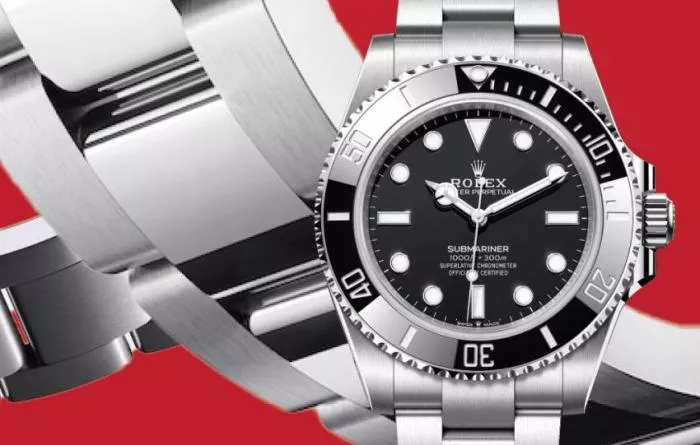For collectors of luxury timepieces, few components carry as much weight as the Rolex Oyster bracelet—especially when paired with the brand’s legendary Submariner. While models like the GMT-Master and Daytona dominate headlines, the authenticity and condition of an Oyster bracelet can significantly impact a watch’s value and desirability.
Loose pins or mismatched references can detract from a Rolex’s appeal, but for serious collectors, the bracelet must be period-correct. As vintage watch expert Eric Wind notes, “The Oyster bracelet is arguably one of the keys to Rolex’s success since the 1940s and 1950s. It was integral to the birth of the Submariner, Explorer, GMT-Master, and Daytona.”
Though the Jubilee and President bracelets hold their own prestige, the Oyster remains Rolex’s most copied and enduring design. Its three-piece links and robust construction have made it a staple across the brand’s catalog for over seven decades.
The Origins: From Leather Straps to Gay Frères
Before the Oyster bracelet’s debut, Rolex watches were typically sold on leather straps, with metal bracelets offered as premium add-ons. In the 1930s, Swiss manufacturer Gay Frères supplied Bonklip-style bracelets to Rolex and other brands. These early designs featured lightweight steel links and straight end pieces.
Rolex fully acquired Gay Frères in 1998, bringing bracelet production entirely in-house. However, the Oyster’s evolution was gradual, with iterative refinements shaping its iconic status.
The Early Years: Straight and Curved End Links (1948–1951)
Debuting in Rolex’s 1948 catalog, the first Oyster bracelets had straight end links, making them versatile but less tailored to specific models. They initially appeared on chronographs and the “Bubbleback” Oyster Perpetual watches.
By 1952, Rolex introduced curved end links, creating a more integrated fit for tool watches like the Submariner, GMT-Master, and Explorer.
First Generation: Riveted Designs (1953–1966)
With the Submariner’s 1953 launch, two early Oyster bracelets emerged:
Reference 7206 (Riveted “Flushfit”): Hollow links secured by visible rivets.
Reference 6636 (Stretch-Rivet “Flushfit”): Featured a spring-loaded mechanism for flexibility, though it proved less durable over time.
Both models used a fold-over clasp adorned with the Rolex coronet.
Second Generation: Folded Links (1967–Mid-1970s)
The reference 7836 introduced folded-link construction, replacing rivets with overlapping steel for greater strength. Specialized diver clasps debuted on references like the 9315 (Sea-Dweller and Submariner) and 9316 (Sea-Dweller exclusive).
Third Generation: Solid Links (1972–2000)
By the mid-1970s, solid-link bracelets like the 78360 (standard clasp) and 93150 (diver clasp) became the new standard, offering unmatched durability.
Fourth Generation: Solid End Links (2000–2010)
Around 2000, Rolex reinforced bracelets with solid end links, eliminating the need for lug holes by the mid-2000s. This change further enhanced rigidity and security.
Modern Era: Oysterlock and Glidelock (2010–Present)
Today’s Submariner bracelets (references 92700 and 97200 series) feature the Oysterlock safety clasp and Glidelock extension system, allowing adjustments for wetsuits or wrist swelling. Available in metals like Oystersteel, Everose gold, and platinum, these bracelets represent the pinnacle of Rolex’s engineering.
For collectors, understanding these nuances ensures informed acquisitions—and a deeper appreciation for the Oyster’s role in horological history.


